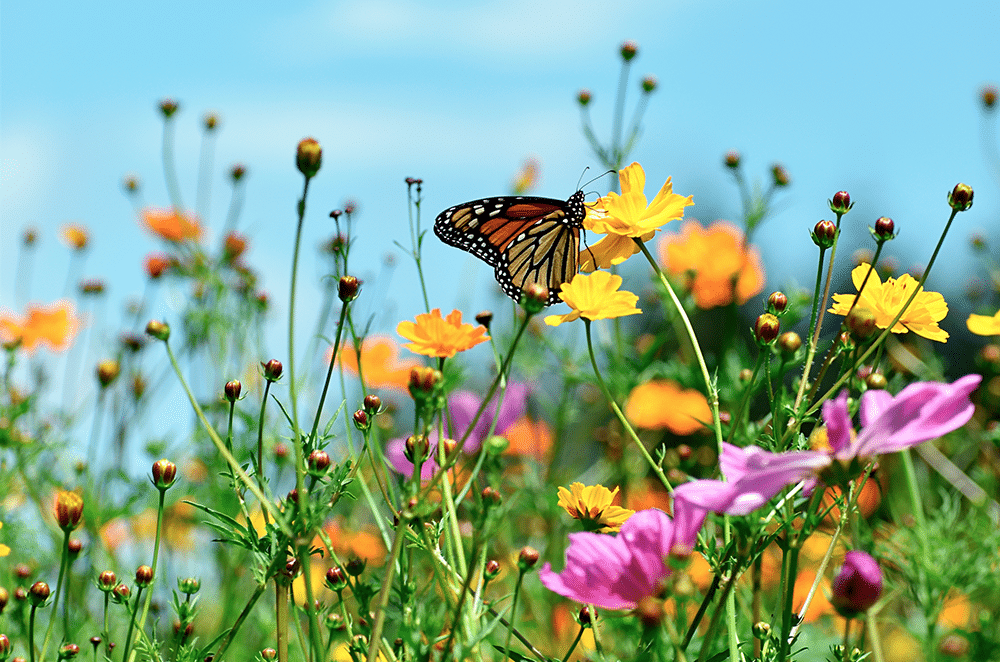What is human composting, and is it a viable option for end-of-life? As an end-of-life doula, one of my goals is to bring awareness and intimacy back to caring for loved ones at the end of life and after they have taken their last breath. Steering away from the “traditional” way we have been dealing with death can give us the ability to care for our dead and dying in a way that allows us to honor them, work through fears and emotions related to death, promote healthy grieving, and bring closure to loved ones.
In September, California’s governor Gavin Newsom signed a bill that will allow human composting as a legal burial option. The process consists of placing human remains in a steel box with biodegradable materials, which will help the body naturally decompose. The soil that is produced from the composting is given to the family, who can then spread it out or grow plants with it. California is the fifth state to legalize this option. They follow Colorado, Oregon, Vermont, and Washington. Under the law, human composting will be allowed starting in 2027. This is a huge step for the green burial movement. Individuals who support this movement say that conventional burials put large amounts of embalming fluids, concrete, and steel into the ground, while cremation produces significant carbon emissions.
I heard about this bill being signed on the radio while I was driving my daughter to daycare one morning. My first reaction was, “this is great!” The radio hosts were appalled by this, and it really got me thinking. Why is this topic so controversial? Why are people so uncomfortable with not having a “traditional” funeral?
Caitlin Doughty, a mortician in California, perfectly explains in her book From Here to Eternity that “Due to the corporatization and commercialization of death, we have fallen behind the rest of the world when it comes to proximity, intimacy, and ritual around death.” Until the 1860s, in America, almost all funerals were home funerals. Loved ones died in their homes surrounded by family. The family would then care for the body by washing, dressing, laying them out, and preparing them for burial. Friends and neighbors would help build a coffin and dig a grave. Family, friends, and neighbors would sit with the body and pay their respects, sometimes for days, until everything was ready.
According to the National Home Funeral Alliance (NHFA), if we explore the history of funerals in the US, we see this trend change during the Civil War. During this time, bodies needed to be transported home for burial, so individuals in the medical field started to experiment with preserving the bodies so they could make it home for burial. About 50 years later, these individuals, referred to as undertakers, would rebrand themselves as morticians. This trend also changed with the rise of public hospitals. Births, deaths, surgeries, and illnesses were starting to be treated by professionals in a hospital vs. at home. Between the 1880s and 1930s, we see individuals using the Haase vault, a coffin created by Wilbert Haase that was marketed to protect human remains against the elements and vermin. During this time, we also see the rise in the “traditional funerals” we know today.
In the late 1990s to early 2000s, the first push of “green” burial options becomes evident. In 2010, the NHFA was formed. Their goal is to empower and educate families dedicated to caring for their own dead. After 150+ years of professional funeral service, the interest in returning to family-directed after-death care and natural burial is on the rise.
As we see the green burial movement move forward with more potential in human composting, I encourage everyone to speak with their loved ones about what they want after death. These conversations, while uncomfortable at times, are so important. The answers may surprise you.


